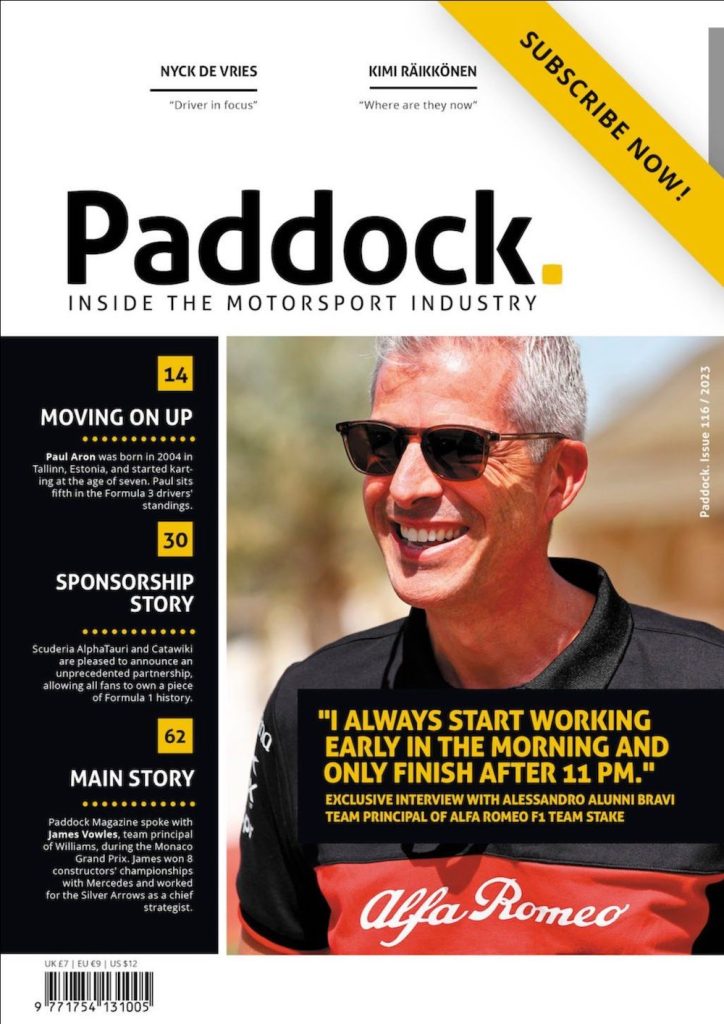In recent years, there has been a rise in the number of street circuits in the Formula 1 calendar. An initiative that has always counted on the blessing of Liberty Media, whose purpose was to expand sports in critical places, in other words: popular cities.
Click here to subscribe to our print edition!
When there are rumours regarding a new potential circuit, the term “street circuit” is attached to it, causing more discomfort than excitement among fans. This new trend has been criticised by fans and world champions such as Max Verstappen, who states, “They are the worst experiences” because, according to the Dutchman, circuits such as Spa-Francorchamps are the tracks that make the difference for drivers.
Almost a third of the calendar currently consists of street circuits, a topic that causes a debate among fans who fear the loss of historical circuits like Spa, Monza and Silverstone. Indeed, authorized voices in the paddock like Christian Horner have advocated to protect those circuits and keep them in the calendar at all costs.
Nonetheless, street circuits also have their perks, they are much more accessible to fans, and they give a completely different vibe to the show.
However, the organisation seems to turn a deaf ear to the comments of the real kings of this sport: the drivers. It is out of the question that the growing popularity of F1 in the United States has been highly beneficial. The organizers in Miami put on a great show. However, from a pure racing perspective, the excitement of the race in Miami did not meet my expectations. The track offered little to no room to overtake and had little grip, in addition to the nature of the cars, which are not so “street-circuit” friendly.
Nonetheless, street circuits also have their perks, they are much more accessible to fans, and they give a completely different vibe to the show, not to mention the economic impact and the benefits from a marketing and PR perspective. Although they would hardly offer the adrenaline and excitement that an actual racing circuit offers.
Despite this, F1 must remember that it is a sport that lives on the support of its fans. Due to Red Bull Racing’s current dominance and the increasing number of street circuits, F1 is risking shooting itself in the foot by providing a lengthy calendar with only five or six exciting races.
There is no doubt that F1 is living its own belle epoque, and teams and partners must make the most of the momentum without forgetting that, at the end of the day, nobody will go to the circus if one cannot watch a great show.






Related Articles